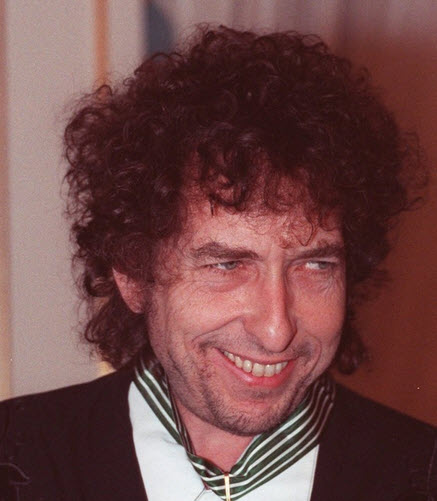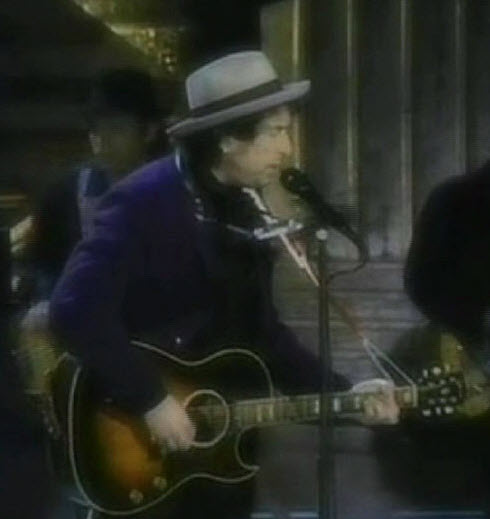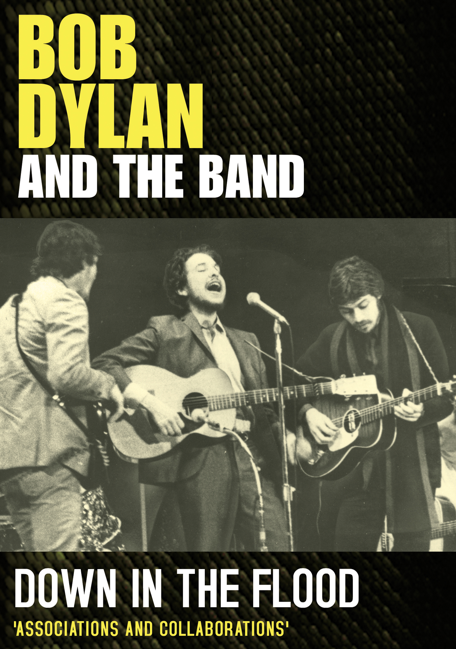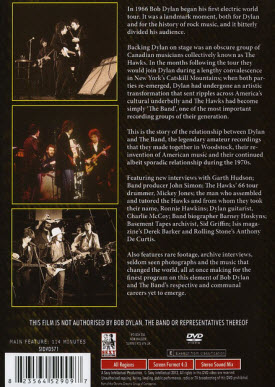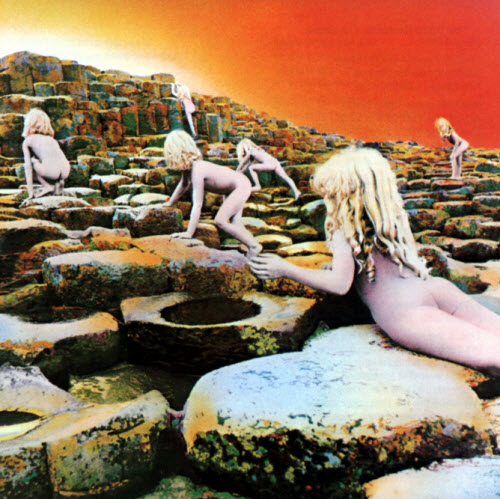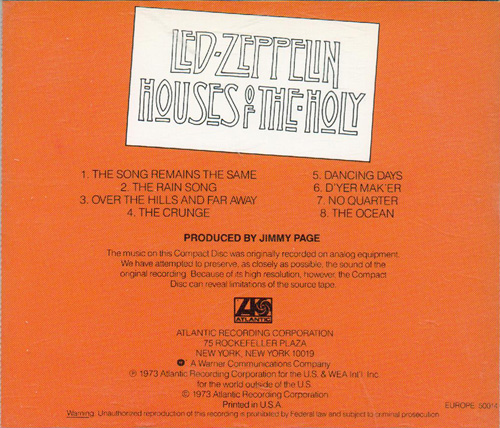

Morrison is still a brooder–“Why did you leave America?” he asks over and over on the final cut, and though I’m not exactly sure what he’s talking about, that sounds like a good all-purpose question/accusation to me–but not an obsessive one, and this is another half-step away from the acoustic late-night misery of Astral Weeks. As befits hits, “Domino” and especially “Blue Money” are more celebratory if no more joyous than anything on Moondance, showing off his loose, allusive white r&b at its most immediate. And while half of side two is comparatively humdrum, I play it anyway. A
~Robert Christgau (Consumer guide)
Street Choir – Van Morrison Live at Montreux 1974:
From Wikipedia:
| Released |
15 November 1970 |
| Recorded |
March–July 1970, at the A&R Recording Studios, New York City |
| Genre |
Folk rock, R&B, blues |
| Length |
41:40 |
| Label |
Warner Bros. |
| Producer |
Van Morrison |
His Band and the Street Choir (also referred to as Street Choir) is the fourth solo album by Northern Irish singer-songwriter Van Morrison. It was released on 15 November 1970 by Warner Bros. Records. Originally titled Virgo’s Fool, Street Choir was renamed by Warner Bros. without Morrison’s consent. Recording began in early 1970 with a demo session in a small church in Woodstock, New York. Morrison booked the A&R Studios on 46th Street in New York City in the second quarter of 1970 to produce two sessions of songs that were released on His Band and the Street Choir.
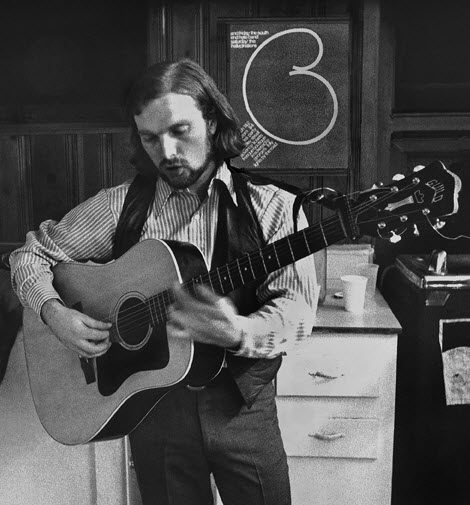
Domino (Midnight Special TV-show, 1977):
Reviewers praised the music of both sessions for its free, relaxed sound, but the lyrics were considered to be simple compared with those of his previous work. Morrison had intended to record the album a cappella with only vocal backing by a vocal group he called the Street Choir, but the songs released on the album that included the choir also featured a backing band. Morrison was dissatisfied with additional vocalists to the original quintet that made up the choir, and these changes and others have led him to regard Street Choir poorly in later years.
“His Band and the Street Choir is a free album. It was recorded with minimal over-dubbing and was obviously intended to show the other side of Moondance. And if it has a flaw it is that, like Moondance, it is too much what it set out to be. A few more numbers with a gravity of ‘Street Choir’ would have made this album as close to perfect as anyone could have stood.”
~John Landau

His Band and the Street Choir was as well received as Morrison’s previous album, Moondance. Street Choir peaked at number 32 on the Billboard 200 and number 18 on the UK Album Chart. It owes its success mainly to the US Top Ten single “Domino”, which was released before the album and surpassed Morrison’s 1967 hit, “Brown Eyed Girl”. As of 2010, “Domino” remains the most successful single of Morrison’s solo career. Two other singles were released from the album, “Blue Money” and “Call Me Up in Dreamland”; although less successful, they still managed to reach the Billboard Hot 100.
I’ve been working (From Van Morrison in Ireland, 1979 in Dublin and Belfast):
Tracks:
All songs written by Van Morrison.
Side one
- “Domino” – 3:06
- “Crazy Face” – 2:56
- “Give Me a Kiss (Just One Sweet Kiss)” – 2:30
- “I’ve Been Working” – 3:25
- “Call Me Up in Dreamland” – 3:52
- “I’ll Be Your Lover, Too” – 3:57
Side two
- “Blue Money” – 3:40
- “Virgo Clowns” – 4:10
- “Gypsy Queen” – 3:16
- “Sweet Jannie” – 2:11
- “If I Ever Needed Someone” – 3:45
- “Street Choir” – 4:43
Jason Ankeny (allmusic.com):
After the brilliant one-two punch of Astral Weeks and Moondance, His Band and the Street Choir bringsVan Morrison back down to earth, both literally and figuratively. While neither as innovative nor as edgy as its predecessors, His Band and the Street Choir also lacks their overt mysticism; at heart, the album is simply Morrison’s valentine to the R&B that inspired him, resulting in the muscular and joyous tribute “Domino” as well as the bouncy “Blue Money” and “Call Me Up in Dreamland.”
Album of the day:
Other November 15:
Continue reading Today: Van Morrison released “His Band and the Street Choir” in 1970 – 42 years ago →



